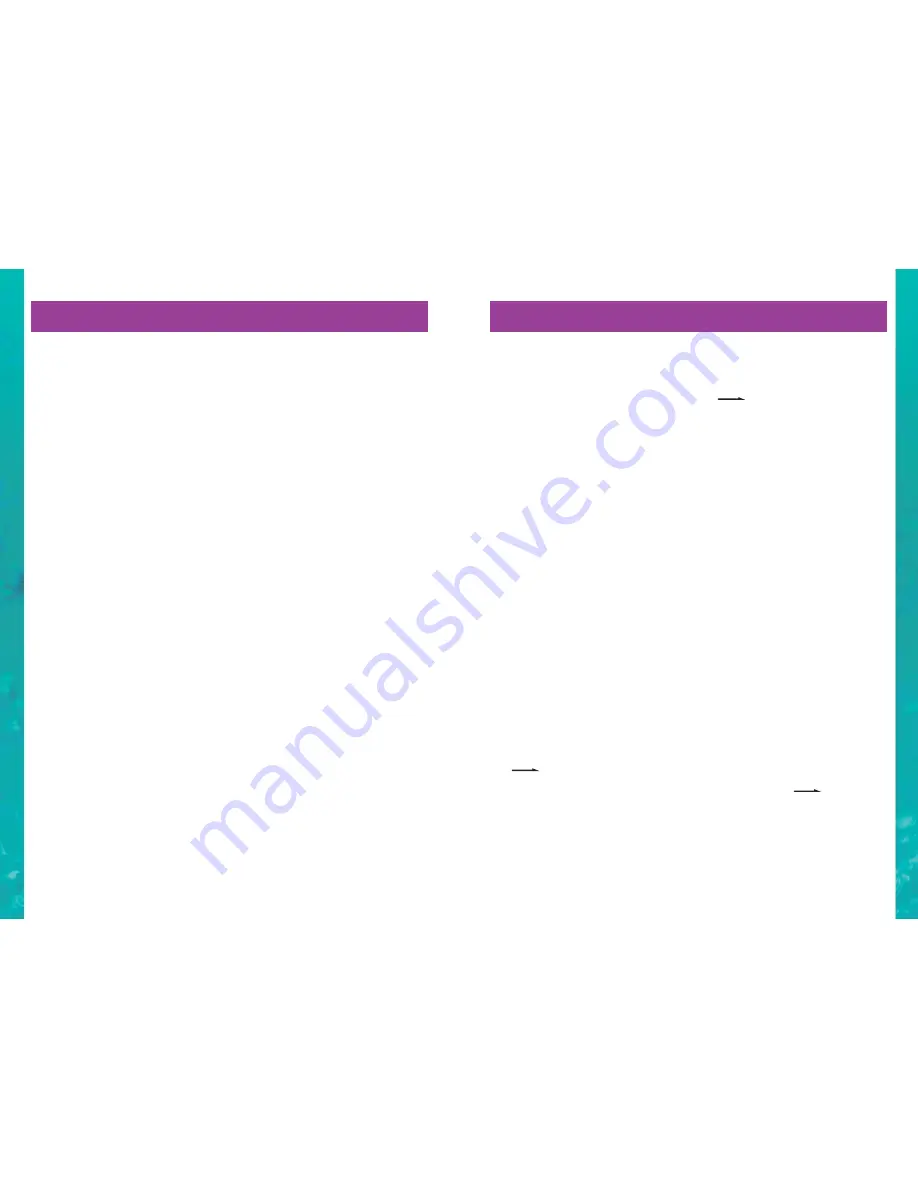
64
65
Results of the Experiments
Results of the Experiments
1.1
The copper sulphate, sodium chloride and
sugar are soluble, the calcium carbonate
and pepper are insoluble.
1.2
Sodium sulphate dissolves fairly quickly in
both cold and warm water, but the one in
warm water takes the least time. Most
chemicals increase in solubility the hotter
the solvent.
1.5
Blue crystals of copper sulphate.
2.1
Lemon juice creates brown writing.
2.2
Iron sulphate creates brown writing.
2.3
Yellow-green writing.
2.4
Blue writing.
3.1
Copper sulphate - rhombohedral crystals.
3.2
Aluminium potassium sulphate
- rhombohedral crystals.
3.3
Sodium sulphate - long needle-like crystals.
3.4
Sodium chloride - cubic crystals.
3.5
Magnesium sulphate - long needle-like
crystals.
3.6
Ammonium chloride - long thin fern-like
crystals.
3.7
Crystals of sodium thiosulphate
immediately grow out from the added
crystal. Very soon the liquid in the test tube
is one big solid crystal. (To remove it you
need to heat the test tube again and pour
the liquid into a clean beaker. The solid
formed can be kept in its container for
other experiments).
3.9
Aluminium potassium sulphate contains
water of crystallisation, sodium chloride
and sodium sulphate do not.
3.10
Anhydrous copper sulphate is white.
When water is added it becomes blue
hydrated copper sulphate.
4.1
Black food colouring has blue, yellow and
red bands on the chromatogram from top
to bottom. Green food colouring has blue
and yellow bands on the chromatogram
from top to bottom. Green food colouring
contains Tartrazine (a yellow colouring)
and Green S (a bluegreen colouring).
Black food colouring contains the same
two dyes as green and also contains
Carmoisine (a red food colouring).
The chromatograms agree with this.
4.2
Different black inks may be made up of
different dyes. “Parker Quink” black ink
has an upper thin blue band, an orange
band and a large blue band. This indicates
that it is made up of two different blue
dyes and an orange one. Another black ink
that we have tested has a dark blue and a
dark green band. One black felt-tipped pen
that we have tested contained purple and
yellow dyes, another contained blue and
dark red dyes. Few felt tip pens are made
up of just one dye. The only one that we
have found is red.
5.5
Citric acid has this name because it was
found to be the main acid in citrus fruits
like lemons, oranges, limes and
grapefruits.
5.7
The colours for red cabbage indicator
in acid and alkali are almost identical to
litmus. It is red in acid solution and blue in
alkali solution. Turmeric is yellow in acid
solution and orange in alkaline solution.
5.9
1. strong acid.
2. weak or strong alkali.
3. strong alkali.
4. strong alkali.
5. weak acid.
6. weak or strong acid.
7. weak or strong acid.
8. weak alkali.
9. weak acid.
10. weak acid.
5.10
1. Lemon juice is a weak acid.
It contain citric acid.
2. Vinegar is a weak acid.
It contains ethanoic acid.
3. Sparkling water is a weak acid.
It contains dissolved carbon dioxide gas.
This forms carbonic acid with water.
4. Laundry detergent is a strong
alkali. It contains sodium carbonate.
5. A vitamin C tablet is a weak acid.
Vitamin C is an acid called ascorbic acid.
6. Aspirin is a weak acid.
7. Sugar is neutral.
8. None of the chemicals in spirit drinks
are acid or alkaline; they are neutral.
5.12
Dark green in sodium hydrogen
carbonate solution. Yellow in citric acid
solution. Blue-violet in sodium carbonate
solution. Red-orange in sodium hydrogen
sulphate solution. Sodium hydrogen
carbonate is a weak alkali, citric acid is a
weak acid, sodium carbonate is a strong
alkali and sodium hydrogen sulphate is a
strong acid.
6.3
Iron + sodium hydrogen sulphate
hy iron su
sodium sulphate.
6.4
Aluminium reacts slowly with acid to give
hydrogen gas. Copper does not react. The
order of reactivity of the metals with acid
is magnesium (most reactive), iron and
zinc, aluminium, copper (least reactive).
6.5
Aluminium reacts rapidly with sodium
hydroxide solution to give hydrogen gas.
The word equation for the reaction is:
alu sodium hydroxide
hy sodium aluminate
+ water. Aluminium also reacts with
sodium carbonate solution to give
hydrogen gas.
6.6
The magnesium reacts with water. The
reaction may be slow at first but as the
magnesium reacts it cleans its own
surface and the speed of the reaction
increases.
6.7
Blue copper sulphate is in the solution.
After filtering it is in the filtrate.
6.8
Some indigestion tablets fizz because they
contain both an alkali, such as sodium
hydrogen carbonate (sodium bicarbonate),
and an acid, such as citric acid. When the
tablet is added to water the two chemicals
dissolve and react together to give carbon
dioxide gas.
7.4
Iron(II) hydroxide precipitate is green.
When it reacts with oxygen in air it gives
brown iron(III) hydroxide.
7.7
The nail has became coated in brown
copper metal. The iron has replaced
copper in the copper sulphate to form iron
sulphate.
7.8
The iron sulphate crystals are green.
(You have some in the Chemistry Lab set).
The word equation for the reaction is: iron
+ copper sulphate iron
sulphate.
7.9
The magnesium ribbon turns brown
as it gets coated in copper metal.
After some time there is a brown-black
precipitate of copper in the test tube.


































